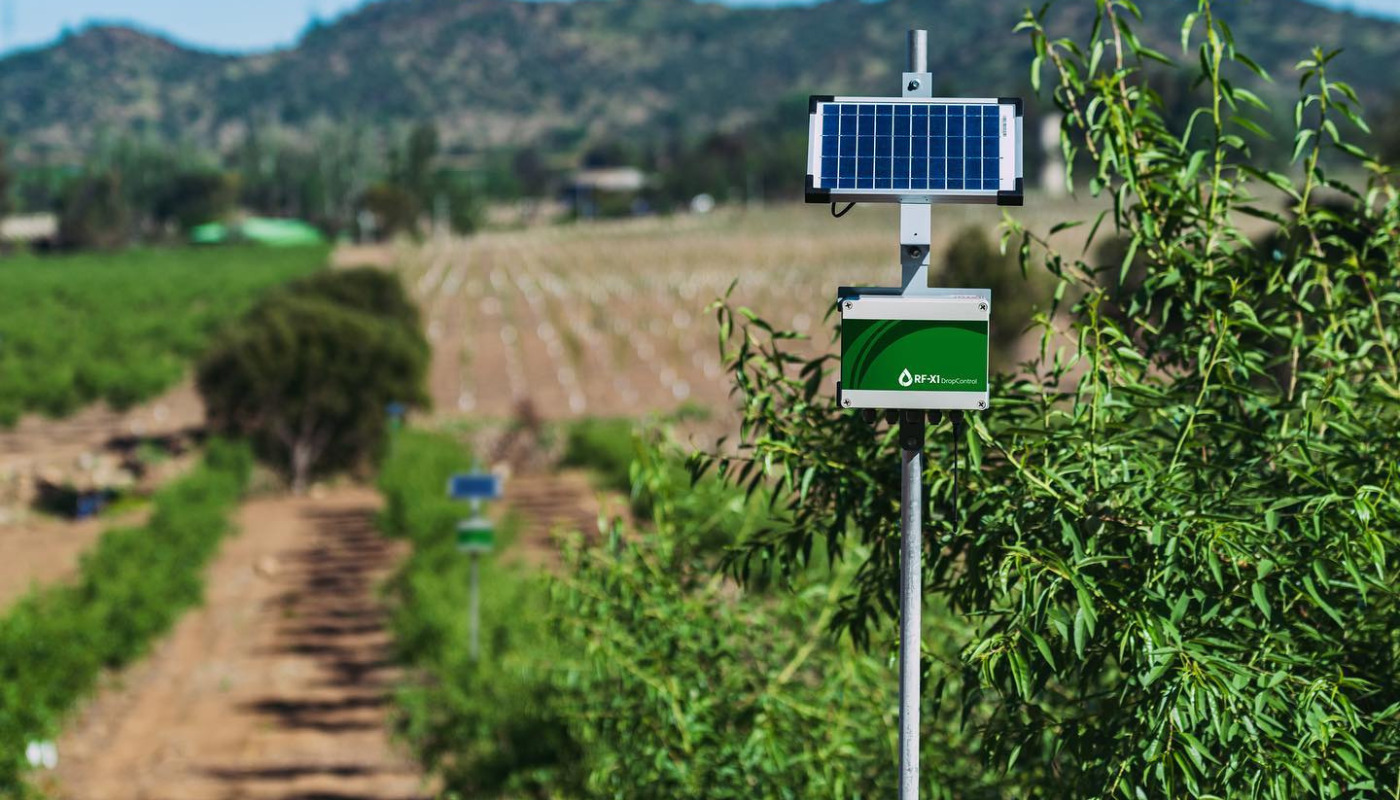It is neither a secret nor something new that the resource of water is increasingly scarce. This is a trend that has sadly reached extreme limits in recent years and has created the need to optimize its use to the maximum. More than 17 years ago, Wiseconn was already looking at what the future would be and the relevance that having the necessary equipment for this purpose would mean for the agricultural world.
In this way, and with the application of new technologies as its great allies, the company began to work on water monitoring and control with one objective in mind: the greater the optimization, the greater productivity.
In conversation with Smartcherry World, Cristobal Rivas, CEO of the company founded in Chile and already present in 5 countries around the world, tells us how innovation has allowed producers to face the new needs and challenges around water that currently affect the sector.

“The uncertainty that all farmers are experiencing today has different ways of being addressed, one of them is to get more water in some way, which in most cases is not a reality, that is why most farmers are trying to do as much as possible with the water they have at the time they have it, and making it fit to the needs of the plants,” he explains.
Of course, this is not a simple equation and it is precisely there, where the implementation of cutting-edge technology for irrigation management plays a key role. Specifically, Wiseconn works developing products composed of very robust wireless hardware, user-friendly cloud software and an after-sales service that allows their customers to deliver a solution that is sustainable over time, for an industry as demanding as agriculture.
“Technology can be a great ally in helping farmers with things that are already difficult to reconcile and that become even more difficult if they have little water. It is at that moment where science must begin to be applied to this data, which is the role that we fulfill,” he adds.
Of course, deep down we are talking about optimizing an increasingly diminished resource.
“Exactly, try to produce more with the little water there is.”
Yes, well, because, as obvious as it may seem, we cannot make water appear out of nowhere…
“No, and unusual things happen such as falling water in abnormal periods like now (in the southern hemisphere) where it does not make a big difference or when it rains in summer which of course, although it is water, it is not useful for agriculture, so you must take into account not only availability and time but many other factors.”
Results in sight
I imagine that, working with your customers, you have noticed good results. What are the feedbacks you have received?
“Our clients, in general, save from 10% to 20% of water, but what they notice and appreciate most, more than the water savings itself – which they always do – is how through good management of the resource , they produce more and better. Improves the “tons of fruit per water used” ratio, which in turn improves efficiency and profitability.”
One of its solutions is called DropControl, a platform composed of field hardware that, through wireless communications, allows vital information to be displayed in web software and mobile app. Specific tools to analyze climate, irrigation, soil moisture and water sources allow the farmer to make better irrigation and fertilization decisions, which are programmed and executed unequivocally by the system, taking control of the irrigation equipment and its components.
That is, we are talking about something as well known today as running an app through a smartphone. Something applicable to hundreds of places in the world and that has led the company to its internationalization.

United States: innate producer of cherries.
Currently, California is Wiseconn’s main market, where they have had a physical presence with their offices for 7 years, but they also extend to 12 states of the North American giant and countries in Europe and Oceania, such as Australia.
You have a presence in Chile and in different countries, what is your view of the international market?
“For 7 years we have had an office in California, United States, where our main market is and in addition, we are in 12 States of the country, and our sights are always on fruit agriculture […] we are also advancing in Europe and Australia with almond trees, citrus fruits and stone fruits, which are some of the areas we are focused on, although we are working on some developments that will allow us to expand to other areas such as greenhouses, vegetables, etc. Basically, we are following irrigation that until very recently was something of fruit trees and now has become more transversal to the entire agri-food industry.”
Water use, a complex reality worldwide
In the United States, the cherry sector is very important, so I imagine that the issue of irrigation is also a scenario that they face in different ways, due to their geographic diversity.
“Absolutely, we have many cherry customers, especially in Washington and the same thing is replicated a bit as in other places like Chile, with the issue of water pressure and its availability, which is no longer the same as before. The idea of new projects, too, is something that has to be thought of twice because, obviously, it is a risk to embark on something that cannot be sustained, which is critical and what is happening. In addition, they are also experiencing a labor problem which implies other additional challenges…”
But what future awaits the cherry industry? The search for solutions seems to be the key.
“All fruit growing in general is experiencing this pressure, which is the availability of water and climate change. In the case of the cherry, which is a very delicate fruit, new alternatives will have to be found to allow its survival”, concludes Cristobal.
All images used in this article are property of Wiseconn










